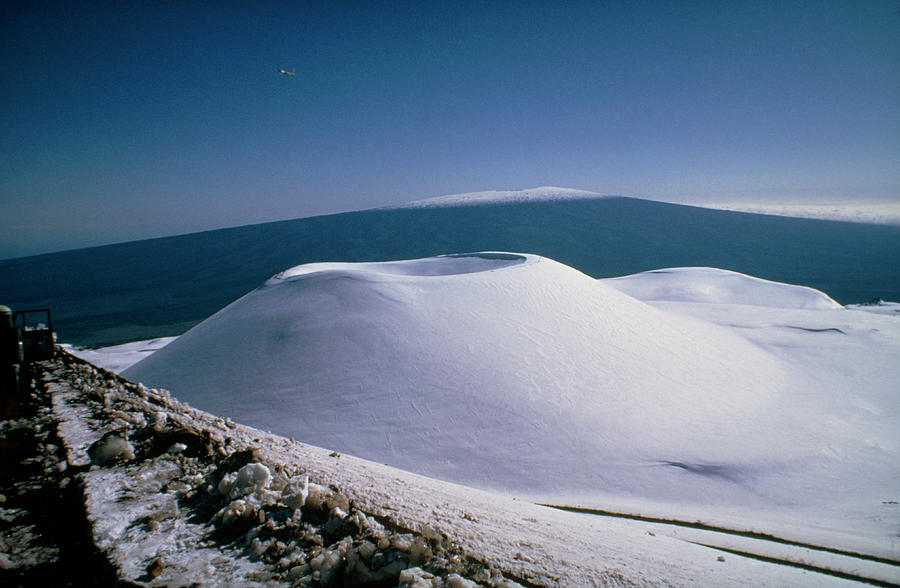
A shield volcano is often overlain by a small summit caldera. It has a wide base, and the slopes are mostly low angles. Main types of volcanos: shield volcano, cinder cone volcano, composite volcano What type of volcano is Mauna Lao Nevertheless, eruptions still occur frequently, and there are invariably consequences for the people who live near or on top of the volcanoes where they form. There has been much research done on these natural phenomena over the past few decades, and we have now amassed considerable knowledge on how and why they occur. Volcanoes are a natural disaster that unfortunately cannot be avoided, but they are well understood scientifically. The magma from volcanoes can create large amounts of lava, which can lead to devastating eruptions. What is a VolcanoĪ volcano is an opening or rupture in the Earth’s crust, which allows hot molten rock, gases, and ash to escape from a magma chamber below the surface. It is considered active, and it is still producing lava.



This activity is a relatively small increase in volcanic unrest and remains within the range of fluctuations observed over the past several years. Global Positioning System (GPS) measurements show steady rates of deformation in the volcano’s summit region continuing through the past week. During the earthquake swarm, a minor tilt increase of 1.5 microradians was observed on one tiltmeter (MOK) at the summit, though a small part of this signal includes normal diurnal effects.

Most of these earthquakes occurred around 2 mi (3 km) below the surface and the largest event in the swarm was a magnitude-2.8. Of the 206 earthquakes recorded over the past week, 90 were part of an earthquake swarm that occurred beneath Moku‘āweoweo, Mauna Loa’s summit caldera, from approximately 5:20 p.m. The majority of these earthquakes occurred at shallow depths less than 9 miles (15 kilometers) below sea level. The USGS Hawaiian Volcano Observatory reported on Thursday that rates of seismicity under Mauna Loa “temporarily increased above long-term background levels the evening of August 2, 2022, and returned to background levels by the morning of August 3, 2022.”įrom the USGS observations posted on August 4th:ĭuring the past week, HVO seismometers recorded approximately 206 small-magnitude (below magnitude 3.0) earthquakes beneath the summit and upper-elevation flanks of Mauna Loa. Mauna Loa is not erupting and remains at a Volcano Alert Level of ADVISORY. (BIVN) – A short-lived earthquake swarm was detected under Mauna Loa volcano this week, but the rates of seismicity have since returned to background levels. USGS webcam image taken on August 4, 2022, from a temporary research camera positioned on the north rim of Mokuʻāweoweo, the summit caldera of Mauna Loa volcano.


 0 kommentar(er)
0 kommentar(er)
